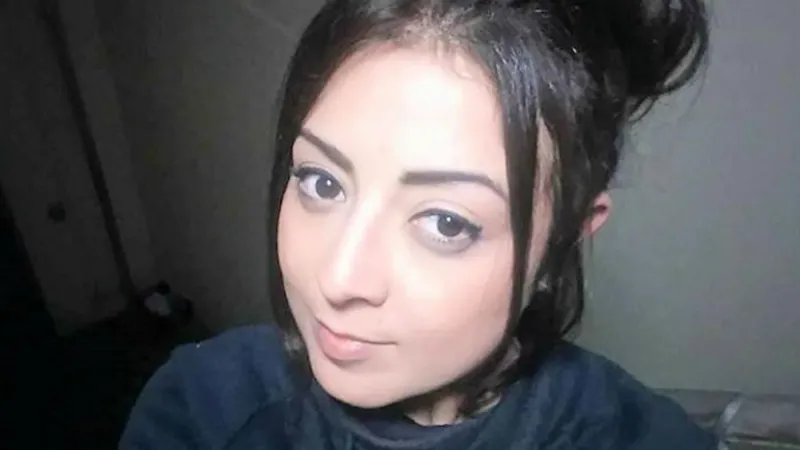On the morning of March 7, 2018, 30-year-old Georgina Gharsallah walked out of her mother’s house in Worthing, West Sussex, and disappeared. She left with simple plans. Fix her broken phone, stop by the Jobcentre and then meet her dad. Just a normal day. But she never made it to any of those places. Hours later, her phone went dark, her bank account froze and she seemed to vanish from the map.
Growing Up
Georgina Gharsallah was born on October 29, 1987, in Brighton. Her father, Gassem, originally from Libya, met her mother Andrea while studying in England. Shortly after Georgina’s birth, the family moved to Libya. For years, that was home. But in 1998, when Georgina was about eleven, they returned to the UK and settled in Worthing.
She was the second of four daughters. Friends and family remember her as bilingual, switching easily between English and Arabic. But life wasn’t easy. Georgina had ongoing struggles with her mental health, was unemployed at the time, and had recently separated from a partner. She was also raising two children, who were the center of her world, The Mirror reports.
Despite her struggles, she wasn’t cut off from the people around her. She often stayed in touch with her mother, sisters and ex-partner. Andrea described her disappearance as “deeply alarming,” saying it was completely out of character for her daughter not to check in or arrange care for her children.
March 7, 2018: The Last Morning
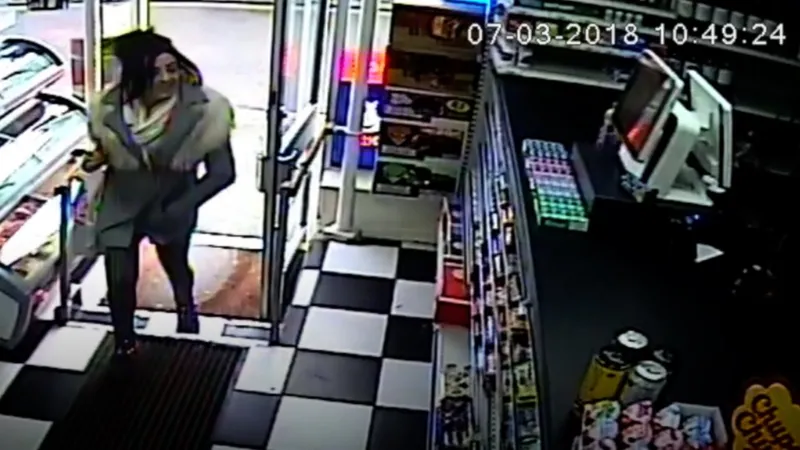
That Wednesday started like many others. Around 9:30 a.m., Georgina left her mother’s home. She told Andrea she needed to fix her phone which had been acting up and also planned to stop by the Jobcentre Plus. Later, she was supposed to meet her father.
Andrea gave her some money to cover repair costs, not knowing it would be the last time she’d see her daughter.
At 9:50 a.m., CCTV footage showed Georgina walking into a small shop on Clifton Road. She asked the shop manager for help with her phone and he directed her to a specialist store. That short exchange was the last confirmed glimpse of her.
She never showed up at the Jobcentre, never met her father and after 11:30 a.m., her phone stopped connecting to the network. Her bank accounts, too, went completely silent.
Missing Person Reported
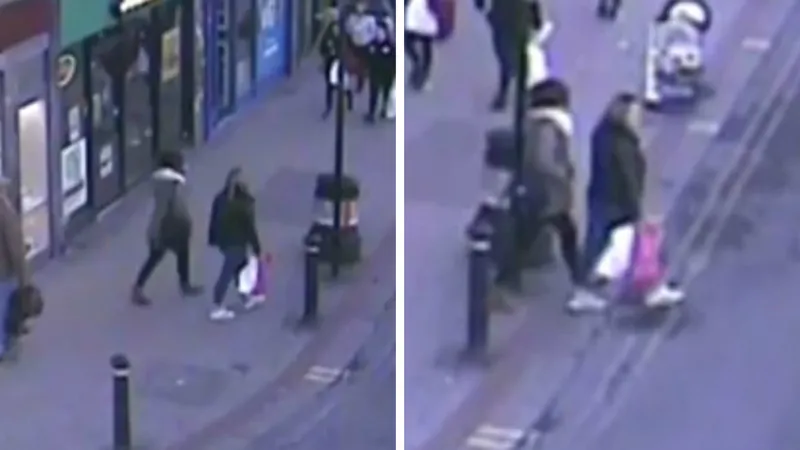
When Georgina didn’t come home that evening, Andrea wasn’t immediately alarmed. Georgina had a pattern of staying over with friends or her ex-partner. It wasn’t until days passed and Georgina didn’t check on her children, that alarm bells started ringing.
Her ex-partner called Andrea, worried he hadn’t heard from her either. After repeated failed attempts to contact Georgina, Andrea finally reported her missing on March 17, 2018—ten days after she vanished, according to ITVX.
That delay would later become a point of contention, as crucial CCTV footage from other parts of Worthing may have already been erased by then.
At first, Sussex Police treated Georgina’s case like many of the thousands of missing person reports they receive every year. A spokesman later explained that “around 350,000 people are reported missing annually” in England and Wales, most of them found within days.
Because Georgina’s case didn’t initially show signs of violence or immediate danger, the urgency wasn’t there. Police carried out some early checks—searching Andrea’s home, her ex-partner’s property, reviewing phone records and CCTV from local streets. But weeks passed before her disappearance was officially labeled suspicious.
Three main theories emerged:
- She left voluntarily to escape her difficulties.
- She died by suicide, though there was no prior evidence suggesting it.
- She was abducted, harmed or killed and her body concealed.
The third theory has remained the strongest, though no evidence has ever confirmed it.
Dead Ends
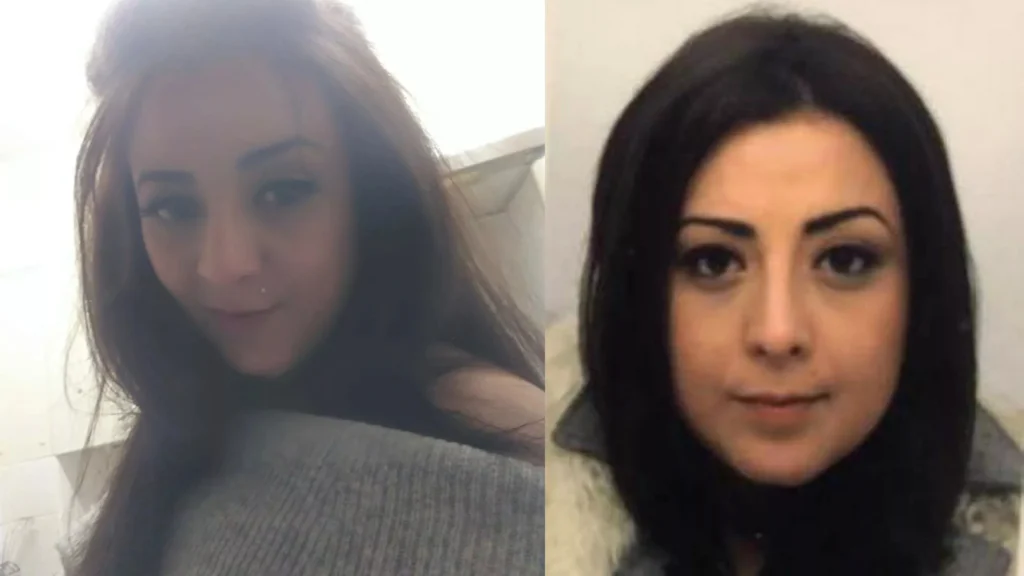
Andrea and the rest of the family weren’t willing to wait quietly. They went public, creating a dedicated Facebook page, speaking to the press and pleading for witnesses. Tips began pouring in—dozens of supposed sightings from across the UK.
Two men were even arrested at one point but both were released without charges. Most reports turned out to be mistaken identity.
In October 2018, Georgina’s case was featured on BBC’s Crimewatch. Around the same time, Sussex Police released new CCTV footage from March 7, showing two women in Worthing town center around 3:30 p.m. One of them looked like Georgina.
But there was a problem: in the morning footage, Georgina wore black high-heeled boots. In the afternoon clip, the woman wore tan flat-heeled boots. To this day, no one has been able to confirm whether the woman in the second video was Georgina or not.
Crimestoppers offered a reward of £5,000 for information leading to a conviction. When the case was later reclassified as a murder inquiry in 2019, the reward doubled to £10,000. Still, no breakthrough came.
Tension Between Family and Police
Andrea and her family became increasingly frustrated with Sussex Police. They accused officers of dragging their feet, not collecting CCTV quickly enough and refusing to search certain locations, like the Teville Gate development site, despite the family’s suspicions.
In response, police said they needed solid evidence before launching searches. One spokesman argued that there was good quality video of her at the Clifton Food and Wine store so there was little point in staging a reconstruction, per Wikipedia.
That didn’t sit well with the family, who went on to stage their own reconstruction using actors, hoping it would jog memories in the community.
Andrea later told reporters, “We hoped she would come home for Christmas.”
By 2020, the family formally requested an independent review of the investigation. They listed what they saw as failings: lack of urgency, slow collection of evidence and poor resourcing. Some even raised questions about whether racial bias played a role, since Georgina was of mixed heritage. Sussex Police strongly denied those claims.
A Family’s Parallel Search
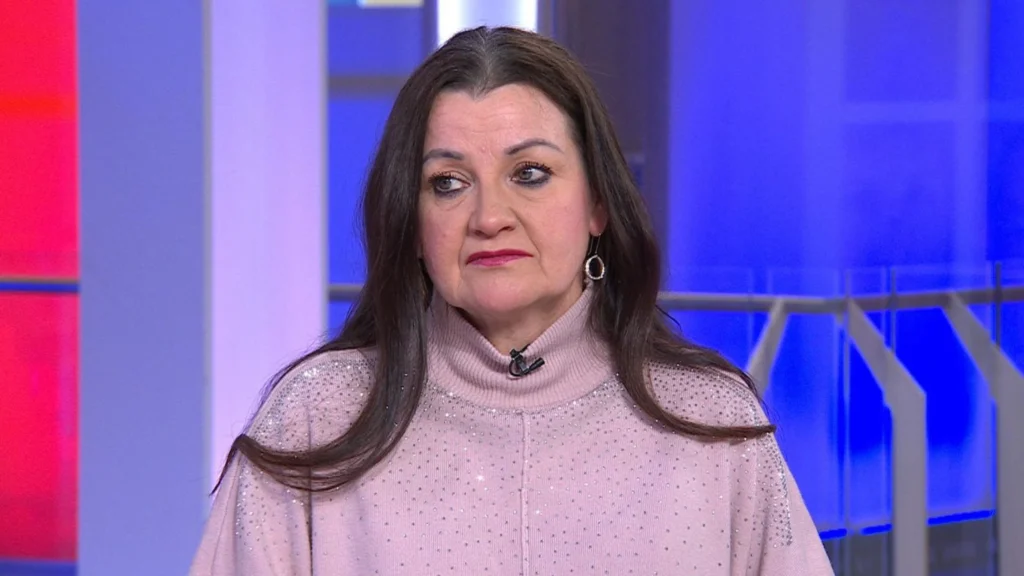
While official efforts seemed stuck, Andrea launched a parallel investigation funded by crowdfunding. Volunteers searched fields, woods and abandoned buildings in and around Worthing. Retired detectives were brought in to review case files. Even a short documentary was filmed, retracing Georgina’s final steps.
Despite these efforts no concrete evidence has ever surfaced. The searches, reconstructions and private investigations have kept Georgina’s name alive in the public sphere but the central mystery remains as dark as ever.
Today, Sussex Police still list Georgina Gharsallah as a murder inquiry. In 2025, her story was featured in Channel 4’s documentary series In the Footsteps of Killers, ensuring that her case is not forgotten, The Irish Sun reports.
Crimestoppers continues to urge anyone with information to come forward. “We continue to urge anyone with information to come forward, no matter how insignificant it may seem.”
For Andrea, the search for truth hasn’t stopped. The silence around her daughter’s fate is heavy but she keeps pushing—because every unanswered question is a wound that refuses to heal.
Let’s dig into the legal side of police mishandling missing person cases.
Can Police Be Sued for Mishandling a Missing Person Case?
Missing person cases are some of the toughest calls for police. Families make the report, panic builds and the clock starts ticking. But here’s the uncomfortable question: what happens if the police don’t do their job properly? Can families actually sue law enforcement for mishandling a missing person case?
It’s a question lawyers hear a lot, especially when families feel ignored, brushed off or left in the dark. In the United States, police departments handle around 100,000 missing person cases every year.
That’s everything from runaway teens to elderly people with dementia, to those who vanish under suspicious circumstances. Some cases wrap up in days. Others drag on for years with no answers.
And in the middle of all that uncertainty, families are often asking the same thing: did the police do enough?
The Police Role in Missing Person Reports
The law is clear about one thing: once a missing person report is filed, police are supposed to take it seriously. Since 1990, there’s been a federal law requiring officers to immediately take missing child reports and enter them into the FBI’s National Crime Information Center (NCIC).
That requirement is aimed at kids but it sets the tone for how important fast action is in every case. The first hours matter. CCTV footage gets erased, phones stop pinging towers, witnesses forget details. Families who’ve gone through it will tell you: the smallest delay feels like forever.
But there’s a catch. Going missing isn’t a crime. Adults can disappear if they want to. That means police often have to balance urgency with the reality that some people really do leave voluntarily. Former detectives often say this is where cases get complicated fast — is it a runaway, a walkaway or something criminal?
The Tough Choices Police Make
Investigators start with the basics: Where was the person last seen? Who did they talk to? Any unusual bank withdrawals? What’s going on with their phone? That’s the framework. But every detail gets filtered through the officers’ judgment and sometimes that judgment is wrong.
For example, if a missing adult has a history of mental health struggles or substance use, police might assume they took off on their own.
If someone has disappeared before, their case might not get as much urgency the second or third time. A detective put it bluntly: “You’re always playing triage. Some cases scream for resources. Others, you’re told to monitor.”
That’s where problems start. Discretion—the freedom to decide how urgent a case is—can turn into inconsistency. One family might see officers move mountains for their missing loved one. Another might get told to “wait a few days.”
Why Suing the Police Is So Difficult
So, back to the big question: if the investigation goes wrong, can families sue?
The short answer: yes, but it’s extremely difficult.
In the U.S., police and government agencies are protected by what’s called qualified immunity. In plain language, that means they can’t be sued for every mistake unless they’ve clearly violated someone’s rights or acted with gross negligence. Courts give police a lot of leeway because missing person cases are unpredictable.
For a lawsuit to even get to court, families usually have to show two things:
- That police had a duty of care (a legal responsibility to act).
- That they breached that duty in a way that directly harmed the missing person or their family.
That’s a high bar. It’s not enough to say “they were slow” or “they didn’t listen.” Lawyers often need proof that police ignored hard evidence, lost crucial leads or showed outright misconduct.
Civil rights attorneys sometimes push cases when families believe discrimination played a role, studies have shown that missing persons of color often get slower or less urgent responses compared to white counterparts. That gap can become the basis of a legal challenge if bias can be proven.
When Police Can Be Liable
Though rare, lawsuits have happened, families have sued when police:
- Ignored credible evidence. Example: not following up on a solid lead that later turned out to be crucial.
- Evidence gets lost or messed up. CCTV tapes, phone data or DNA samples that vanish without explanation.
- Failed to enter cases into national databases. Without that step, other jurisdictions may never know someone is missing.
- Showed clear bias or misconduct. Families alleging discrimination, indifference or outright refusal to act.
But legal experts point out that courts often side with police unless there’s proof of extreme negligence. The threshold for liability is deliberately high. The courts are reluctant to second-guess discretionary police work unless there is compelling evidence of misconduct.
The Statutes and Rules That Shape These Cases
It’s not just federal law. States and police departments also have internal codes and procedures.
For instance, the FBI says cops should put missing person info into their databases right away, work together with other police departments and keep families in the loop about what’s going on.
In some states, specific Missing Persons Acts outline how cases must be handled, particularly for vulnerable adults.
Advocacy groups point to another layer: bias in application. The Black and Missing Foundation has repeatedly called out cases where missing Black women received less publicity or slower police responses. “We’ve seen it time and again,” co-founder Derrica Wilson told CNN. “Families come to us after feeling ignored.”
This is where lawsuits sometimes focus—not just on mistakes but on patterns of unequal treatment.
Inside an Investigation
When foul play is suspected, the playbook changes. Detectives run parallel tracks:
- Searching as if the missing person might still be alive.
- Collecting evidence in case it turns into a homicide investigation.
Phones are pulled apart for last messages. CCTV is gathered, bank accounts are monitored, friends, family, coworkers — all get interviewed. And yet, even with all that, one wrong assumption early on can derail the whole process.
A retired FBI profiler once told, “It’s not the evidence you collect that solves the case. It’s the evidence you miss.”
Families Pushed to the Sidelines
Families of the missing often say the hardest part isn’t the silence from their loved one — it’s the silence from investigators. Weeks go by with little contact. Updates are vague or nonexistent. Some parents and siblings resort to crowdfunding searches, making posters, even hiring private investigators to track down leads police don’t pursue.
That’s not just emotionally crushing; it deepens the mistrust. Families start to ask: if we’re the ones doing the work, what are the police doing?
Organizations like NamUs (National Missing and Unidentified Persons System) try to bridge that gap, they maintain public databases, connect families with resources and encourage information sharing. But not every family knows these resources exist and not every jurisdiction uses them consistently.
At the end of the day, lawsuits are only one piece of a much larger problem. Families want accountability, yes, but they also want answers, urgency and basic compassion. And as long as some cases feel neglected while others receive immediate attention, the debate over police responsibility isn’t going anywhere.

